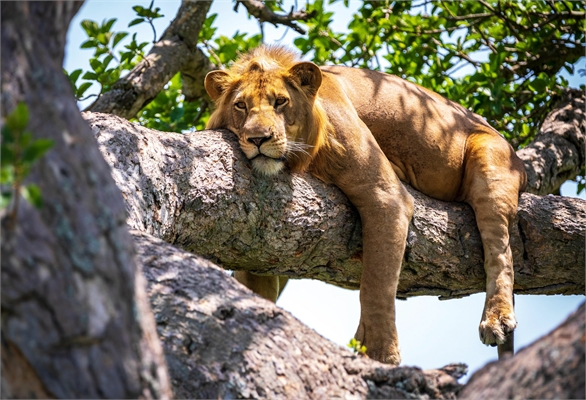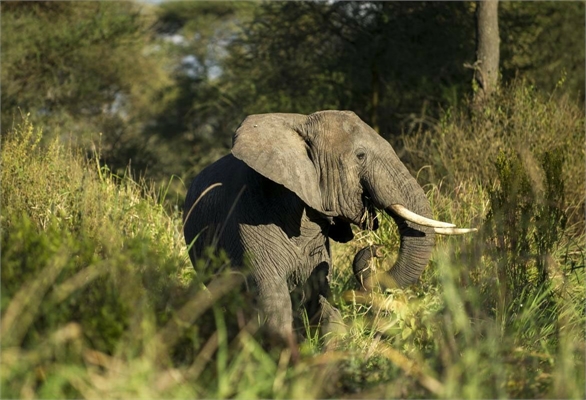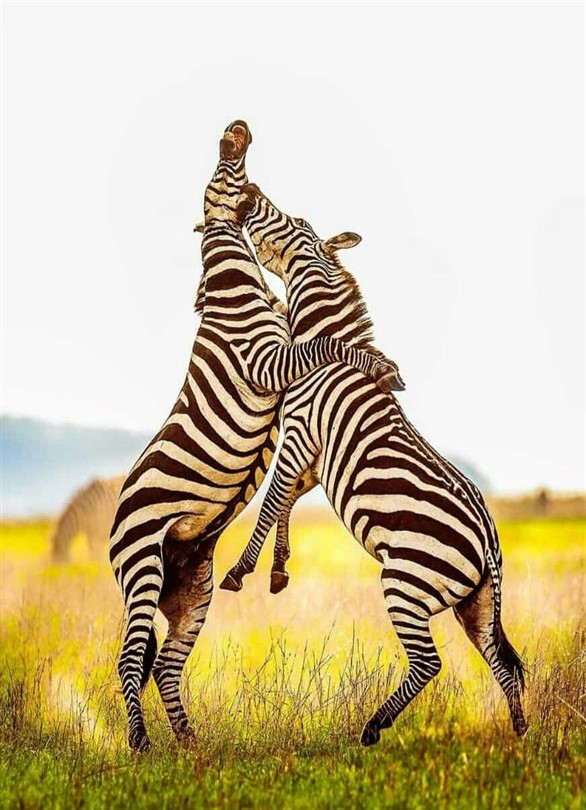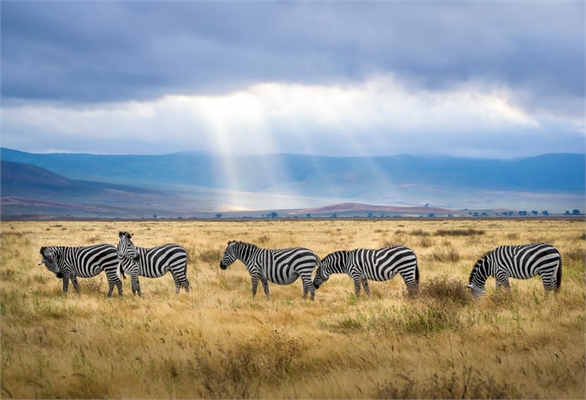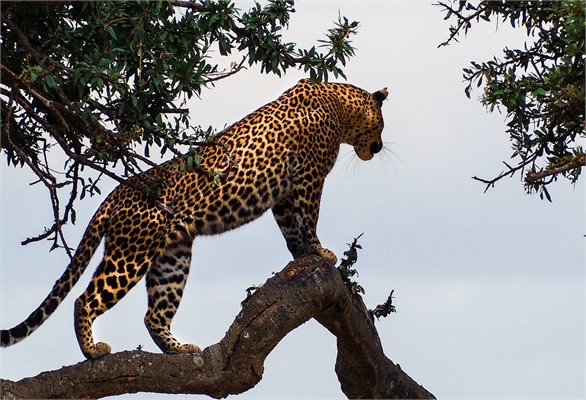2 Days Tanzania Safaris
Tour Overview
Here two day expedition to Tarangire National Park and Ngorongoro Crater in Tanzania offers a collection of memorable experiences in a short while. The Safari flying visit lets you explore one of Africa’s seven natural wonders – the Ngorongoro Crater and the Tarangire National Park which blusters a lot of species for both vegetation and animals.Tarangire is well-known for their endless plains of savannah and their colossal elephant herds. You will be popularized to the notorious big five and marvel at the huge view of the crater in Ngorongoro.
Included and Excluded
- Entrance fees into all Tanzania National Parks.
- Full board accommodation at Safari Lodges
- Return Airport Transfers from/to Kilimanjaro International Airport
- Bottled mineral water while on Game Drives
Excluded
- Drinks of choice at Safari Lodges
- Tips and gratuities for guide and lodge staff
- Internal and International flights
- Extra excursions / services available at Safari Lodges
- Internal and International flights
Itinerary
After breakfast depart to Tarangire National Park. Full day game drive in Tarangire National Park. Tarangire has a diverse landscape, with nine vegetation zones. Ancient Baobab trees (the largest trees in Africa) dot the landscape dwarfing the animals that feed beneath them. The Tarangire River, that meanders through the park attracts an abundance of wildlife, from elephants, lions, leopards, buffalos, zebras, giraffes, antelopes to a variety of colorful birds. The park is very famous for having the greatest elephant population in Tanzania, and during a safari there you will have the chance of quietly observing many families of elephants interacting. With a stop for a picnic lunch in an observatory inside the park where you will be able to view animals drinking water in the river (and many times lions attacking a thirsty zebra or wildebeest), continue game viewing and finally return to hotel for dinner and overnight.
An amazing day for you to descend to the floor of the crater which the size is about 102 square miles/264 square km. The Ngorongoro crater is unfilled, intact and inactive volcano in the whole world. This impressive crater is over 600 meters (2000feet) deep.
The Ngorongoro Conservation Area has the most 20,000 larger mammals and other small wild animals also various species of the birds. Also, the crater has forest habitat which is the home for buffalos, zebras and other herbivorous without forget nests for birds. You will spend a day in the crater accompanied with picnic lunch. Later your guide will drive you back to airport for outbound flights or at your hotel in Arusha.
Frequently Asked Questions
The best time for a Tanzania safari varies based on your interests. The dry season, from June to October, is perfect for wildlife viewing and witnessing the Great Migration in the Serengeti. The calving season, between January and March, offers a chance to see newborn animals and predator activity, while the green season from April to May provides lush landscapes and fewer tourists.
Yes, most travelers require a visa to enter Tanzania. You can obtain one on arrival at major airports or land borders, or through Tanzania's online eVisa system. Be sure to confirm specific requirements for your nationality before your trip.
Tanzania is considered a safe destination for travelers, especially in popular safari areas. However, it’s important to follow safety guidelines, such as staying in designated areas, adhering to your guide's instructions, and safeguarding your personal belongings.
Pack lightweight, neutral-colored clothing, comfortable shoes, sunscreen, insect repellent, a wide-brimmed hat, and binoculars. Include layers for cool mornings and evenings, and bring a camera to capture the incredible wildlife and scenery.
Tanzania offers a wide range of accommodations to suit different preferences and budgets. Options include luxury lodges, tented camps, mid-range hotels, and budget-friendly campsites. Many accommodations are located within or near the national parks, providing close access to wildlife and immersive safari experiences.

